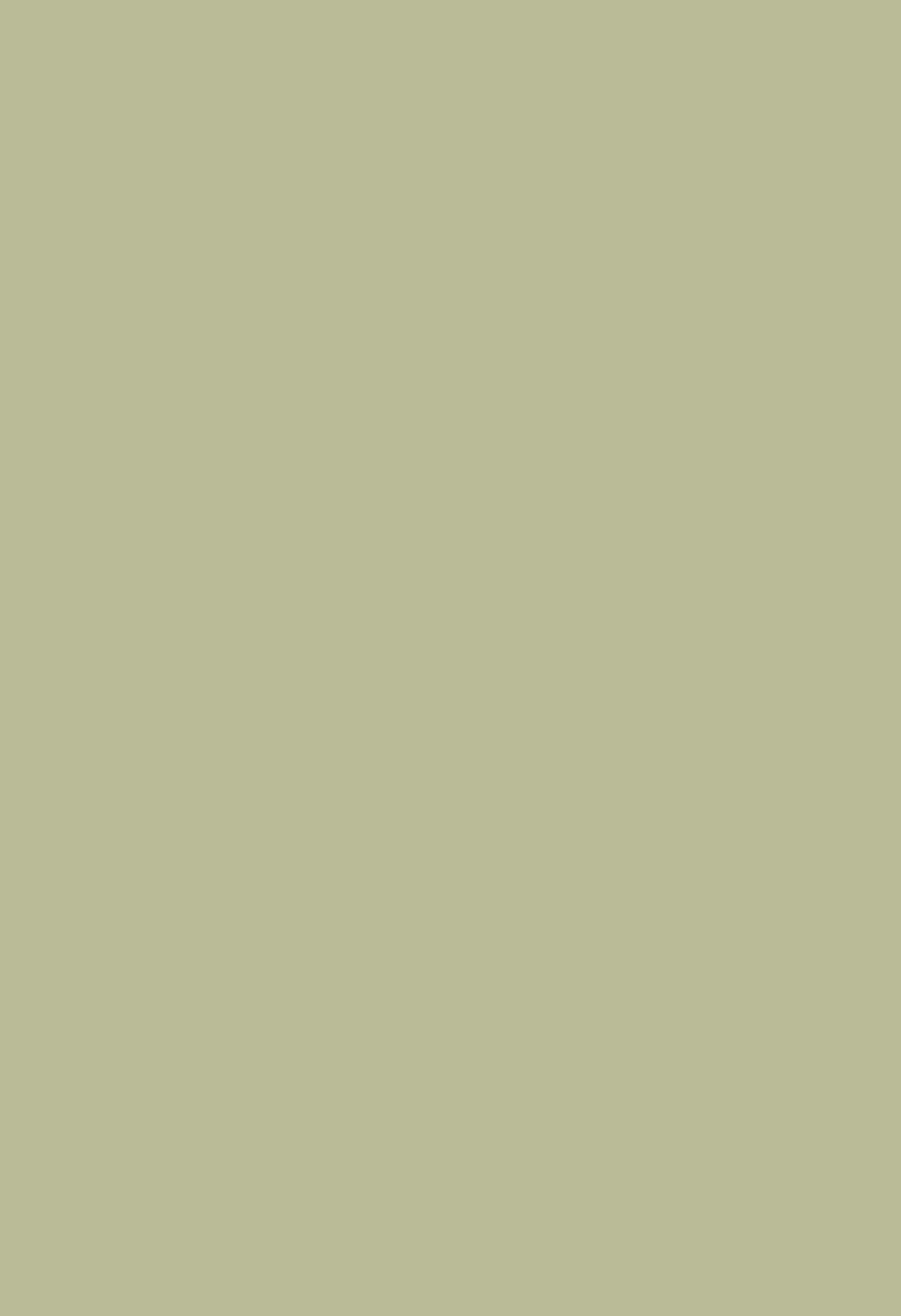
Paul Signac (1863-1935) was a French Neo-Impressionist. After meeting
Georges Seurat (1859-1891) and seeing his work in 1884 (the same year
Seurat began painting his seminal
Un Dimanche après-midi à l’Île de la
Grande Jatte
), he became a collaborator in the development of the Pointillist
technique. Together Seurat and Signac perfected a rigorous painting
technique supported by complex optical color theory. Signac was extremely
active in the Neo-Impressionist artistic community; he became friends with
Van Gogh, Pissarro and Luce and acted as president of the Société des
Artistes Indépendants (which was co-founded by his friend Henry-Edmond
Cross in 1884, see lot 70) from 1908 until his death. Like many of those in
his circle, he prescribed to anarchist ideologies and longed for a utopian
society (fittingly, the critics of the Armory Show found the Post Impressionist
works to be harbingers of “universal anarchy”).
His work, and those of his fellow Neo-Impressionists, greatly inspired the
forthcoming generation of young artists and laid the groundwork for
Fauvism and Cubism. The Fauves were particularly drawn to the vibrant and
pure colors used in the depictions of landscapes and interiors by Signac,
Cross and Seurat. Signac heartily encouraged emerging artists like Matisse
and Derain. He organized exhibitions of their work through the Société des
Artistes Indépendants and invited them to paint the landscape around his
St. Tropez home. In 1904, Signac invited Matisse to St. Tropez, an experience
that had a profound effect on the younger artist and led him to further
develop what would soon become his signature Fauve style—epitomized by
the sensational
Blue Nude
, oil, 1907, exhibited in the Armory Show.
There was one oil painting and 15 watercolors by Signac in the Armory Show.
The watercolors were sent by Galerie Émile Druet of Paris and sold very well
at $135 apiece (roughly $3,000 today). Many were purchased by AAPS
member John Quinn and others are now in major public collections such as
the Museum of Art, Rhode Island School of Design, Providence. Émile Druet,
much to Vollard’s chagrin, contributed the largest loan to the Armory Show,
sending over 100 works of Post-Impressionist, Pointillist, Fauve and other
French contemporary artists which formed a significant portion of the quality
works in the European section of the exhibition. The list of Druet’s artists
included Signac, Seurat, Cross, Cézanne, Van Gogh, Gauguin, Toulouse-Lautrec,
Denis, Matisse, Rouault and Maillol. The Signac painting, one of his many
renditions of the Port of Marseilles, from 1901 (a painting of the same subject
currently hangs in the Metropolitan Museum of Art, New York), was likely
exhibited in Gallery O with Seurat and Cross. One wonders if Matisse, who
was hung in far off Gallery H, had been placed anywhere near the Pointillists
whether his jarring use of color would have been any less shocking.


